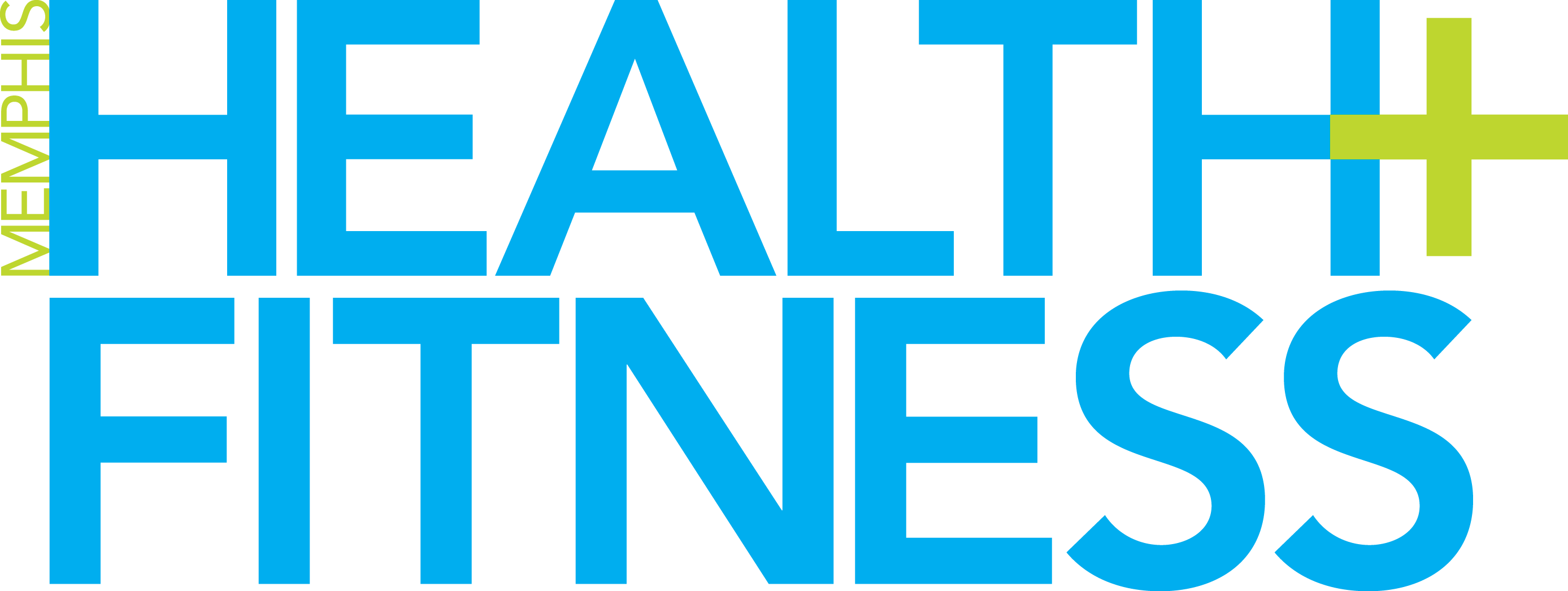Rule number one of ultra running…you can’t fake the long stuff. Long runs are the cornerstone of ultra marathon training, preparing runners for the mental and physical challenges of races that extend beyond the marathon distance. However, even experienced ultra runners make key mistakes during these important sessions. So, let’s dive into five common ones and how to avoid them.
- NOT PRACTICING RACE-DAY PACING
Pacing is critical in ultra races, but many runners make the mistake of starting their long runs too fast or not paying attention to their goal pace. Ultra marathons require maintaining a (slow) sustainable pace over many hours, well beyond what you will do in training. Training too fast or running until you have to walk is a bad strategy that will result in the early onset of fatigue and likely derail the later hours of your run.
HOW TO AVOID IT:
• Start your long runs at a slow, comfortable pace.
• Practice walking or power hiking, especially on hills, to conserve energy.
• Develop a disciplined approach to pacing by starting your strategy from the get-go. You can even use a walk/run calculator to plan your walk breaks based on average running and walking pace. Don’t get me wrong, you will want to run without walking on MOST of your runs if you’re able. But your long runs are race day simulations just about every week. - INADEQUATE FUELING AND HYDRATION
This is probably the most common blunder during long training sessions, period. Fueling and hydration are essential for ultra success, yet many runners don’t practice their race-day strategies during training. Ultra races demand a steady intake of carbohydrates, electrolytes, and fluids to avoid dehydration, energy crashes, and gastrointestinal issues. You should be testing and retesting this strategy each week!
HOW TO AVOID IT:
• Begin eating and hydrating early in your long runs, aiming for 60-90 grams of carbs per hour and at least one bottle of sports drink.
• Eat and drink on a schedule. If you can’t get there, work toward it by increasing the intake slowly.
• Test different foods — gels, bars, or solid foods like Chick-fil-A sandwiches (kidding, but seriously, some people eat them during ultras) — so you know what works best for your body during prolonged efforts.
• Hydrate consistently with sodium-rich sports drinks to maintain your hydration and energy levels. Dehydration can mask itself as bonking!You are probably dehydrated if you finish every long run starving but feel like you ate plenty. For really long days, you’ll also want a little fat and protein in that fuel to help prevent excess muscle breakdown. - IGNORING TERRAIN- SPECIFIC TRAINING
Many ultra runners make the mistake of doing long runs on easy, flat terrain, even though their race may occur on steep, technical trails. I once trained for a 50K doing mostly treadmill runs. Big mistake! My quads were toast at the halfway point. It’s not the uphills that get you. It’s the smashing down hills that will mess up your day.
HOW TO AVOID IT:
Choose training routes that closely mimic your race conditions. If your race involves steep climbs, practice on hilly trails to build the specific muscles and endurance needed for those ascents and descents. Particularly the descents. We have all our ultra athletes do downhill running sessions to prep for the impact. It’s not a common thing to see people doing, but it’s effective in building amazing fatigue resistance. - SKIPPING STRENGTH TRAINING
Focusing only on running miles and neglecting strength training is a common mistake among ultra runners. This can lead to muscle imbalances, early decay of form, and increased risk of injury, especially over longer distances. Strength equals durability. The stronger you are, the more of a beating your body can handle.
HOW TO AVOID IT:
Incorporate strength training into your routine at least twice a week. Anything is better than nothing, but the heavier weights you can safely work with the better for durability. Strengthening your muscles improves your endurance (fatigue resistance), supports your joints, and helps maintain good running form throughout your race. You don’t want to be that zombie doing the ultra shuffle at the finish line!







